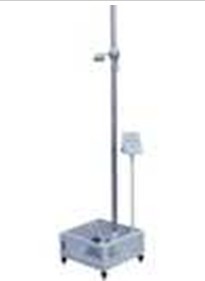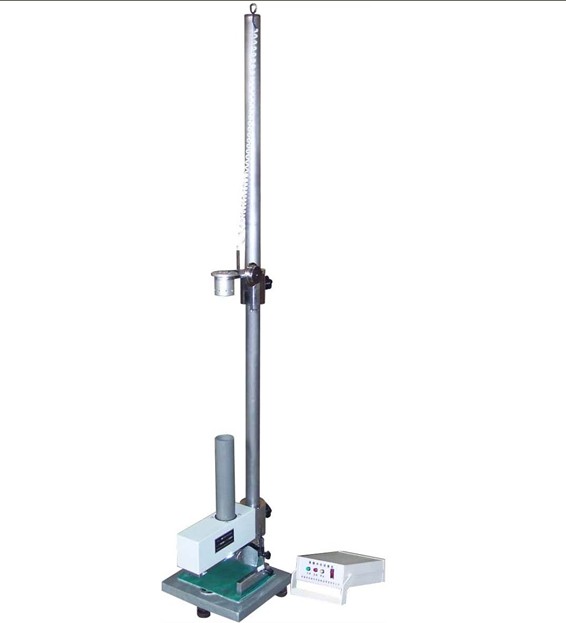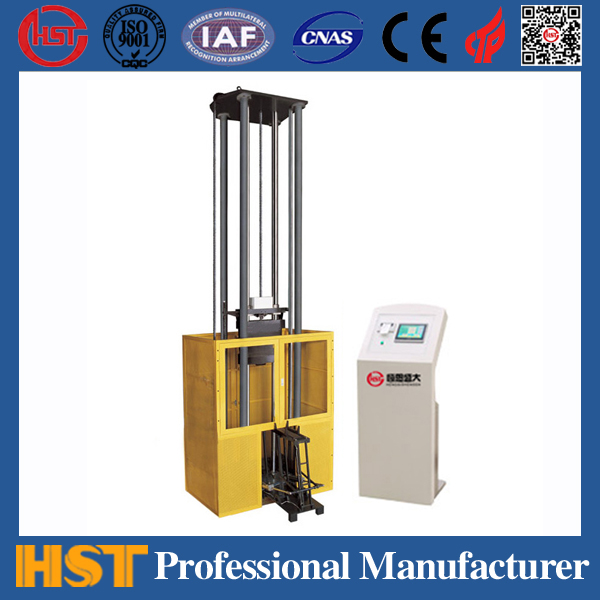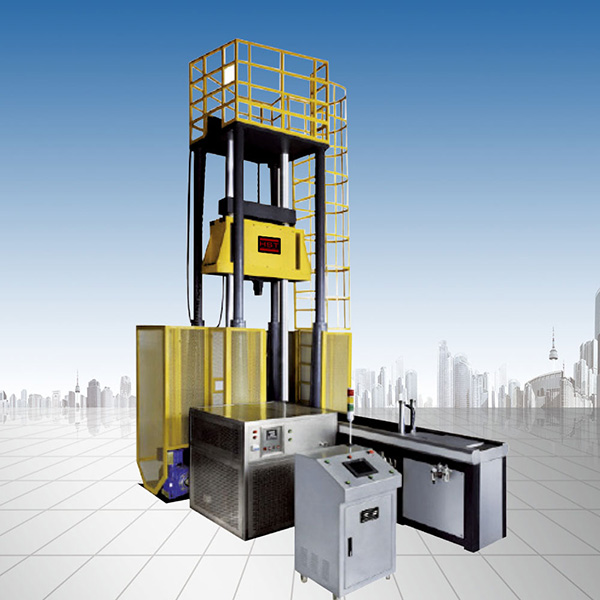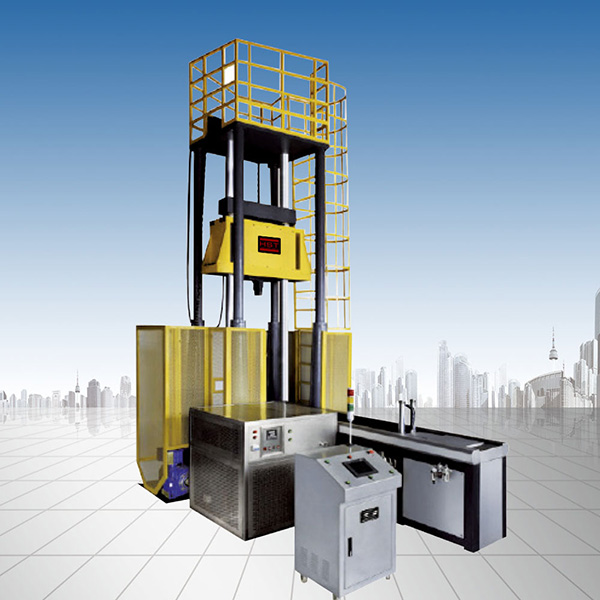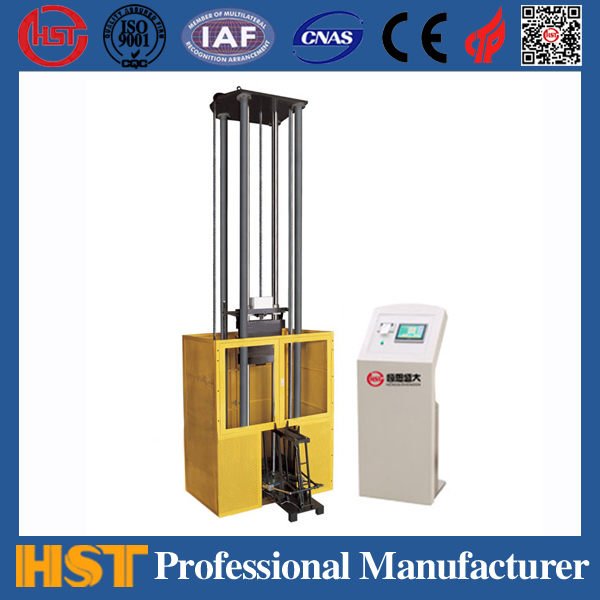Company News
Introduction to temperature and humidity range of temperature and humidity test chamber
Release time:2018-11-23 source:Jinan Hengsi Shanda Instrument Co., Ltd. Browse:
Previously, our company's technical staffTemperature and humidity boxThe volume of the product is introduced in detail. The following is the choice of humidity and temperature of this product.
1. Selection of humidity range
Domestic and foreignEnvironmental Test KitThe humidity index given is mostly 20-98% RH or 30-98% RH. If the humidity and heat test chamber does not have a dehumidification system, the humidity range is 60-98%. This type of test chamber can only perform high humidity tests, but its price is much lower. It is worth noting that the corresponding temperature range should be indicated after the humidity indicator, or the dew point temperature should be given. Because the relative humidity is directly related to the temperature, for the same humidity content, the higher the temperature, the smaller the relative humidity. For example, the humidity content is 5g/Kg (referring to 5 grams of water vapor in 1 kg of dry air), when the temperature is 29℃, the relative humidity is 20% RH, and when the temperature is 6℃, the relative humidity is 90% RH. When the temperature drops below 4℃, the relative humidity exceeds 100%, condensation will occur in the box.
To achieve high temperature and high humidity, only spray water vapor or atomized water droplets into the air of the box to humidify. Low temperature and low humidity are relatively difficult to control because the humidity content at this time is very low, sometimes much lower than the humidity content in the atmosphere. It is necessary to dehumidify the air flowing in the box to make the air dry. At present, most temperature and humidity boxes at home and abroad adopt the principle of refrigeration and dehumidification, which is to add a set of refrigeration light pipes to the air pre-regulation room of the box. When humid air passes through the cold tube, its relative humidity will reach 100% RH, because the air is saturated and condensed on the light tube, making the air drier. This dehumidification method can theoretically reach a dew point temperature below zero degrees, but when the surface temperature of the cold point reaches 0°C, the water droplets condensed on the surface of the light tube will freeze, which will affect the heat exchange on the surface of the light tube and reduce the dehumidification ability. Also, because the box cannot be sealed, the wet air in the atmosphere will seep into the box, causing the dew point temperature to rise. On the other hand, the wet air flowing between the light tubes only reaches a saturation state at the moment when it comes into contact with the light tube (cold point) and precipitates water vapor, so this dehumidification method is difficult to make the dew point temperature in the box below 0°C. The actual dew point temperature is 5 to 7℃. The dew point temperature is 5°C equivalent to the humidity content of 0.0055g/Kg, and the temperature corresponding to the relative humidity of 20% RH is 30°C. If the required temperature is 20°C to reach 20% RH, the dew point temperature at this time is -3°C, and it is difficult to dehumidify by cooling and an air drying system must be used to achieve it.
2. Selection of temperature range
At present, the range of foreign temperature test chambers is generally -73~+177℃, or -70~+180℃. Most domestic manufacturers generally have high temperatures of -80~+130℃, -60~+130℃, and -40~+130℃, and there are also high temperatures of 150℃. These temperature ranges can usually meet the needs of most domestic military and civilian products. Unless there are special needs, such as products with installation locations close to heat sources such as engines, the upper temperature limit cannot be blindly raised. Because the higher the upper limit temperature, the greater the temperature difference between inside and outside the box, and the worse the uniformity of the flow field inside the box. The smaller the available studio volume. On the other hand, the higher the upper limit temperature value, the higher the heat resistance of the insulation material (such as glass wool, etc.) in the box wall interlayer. The higher the requirements for box sealing, the higher the cost of making the box.
MoreMaterial testing machineAll in Jinan Hengsi Shanda Instrument Co., Ltd.
Recommended productsPRODUCTS


















